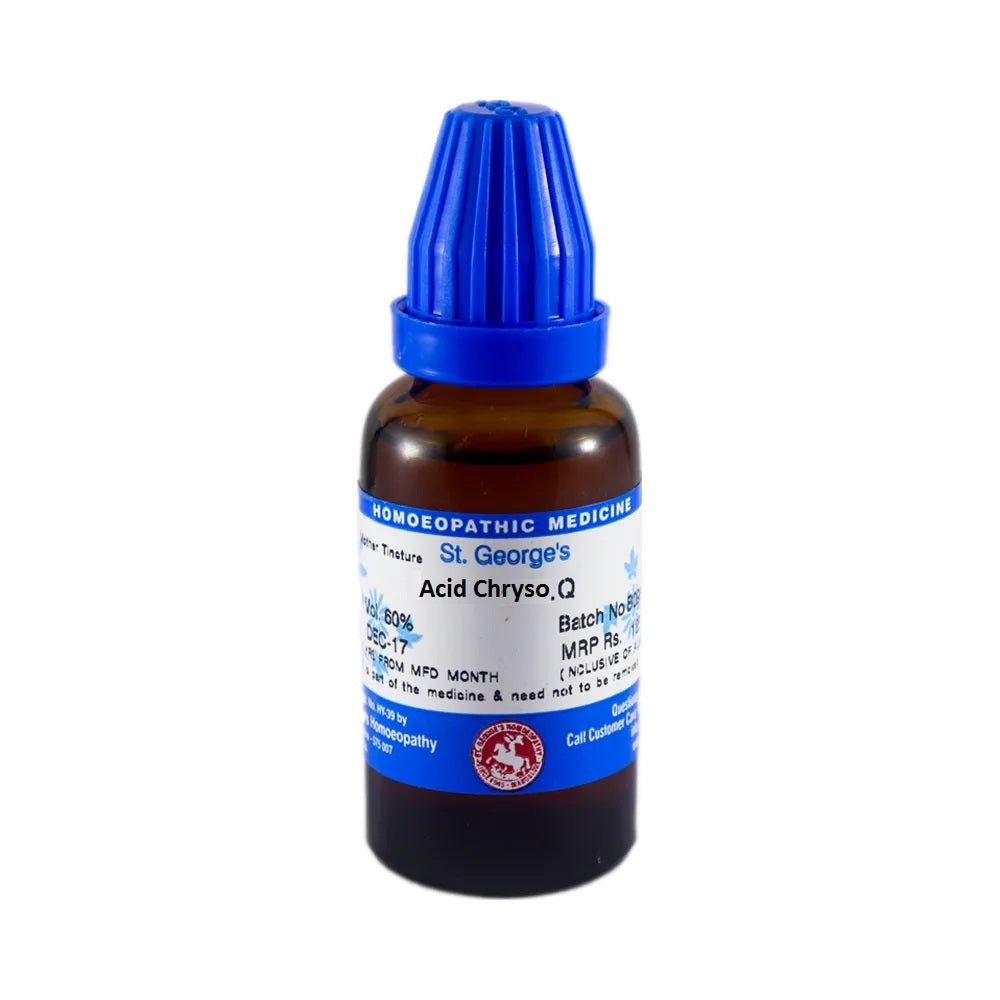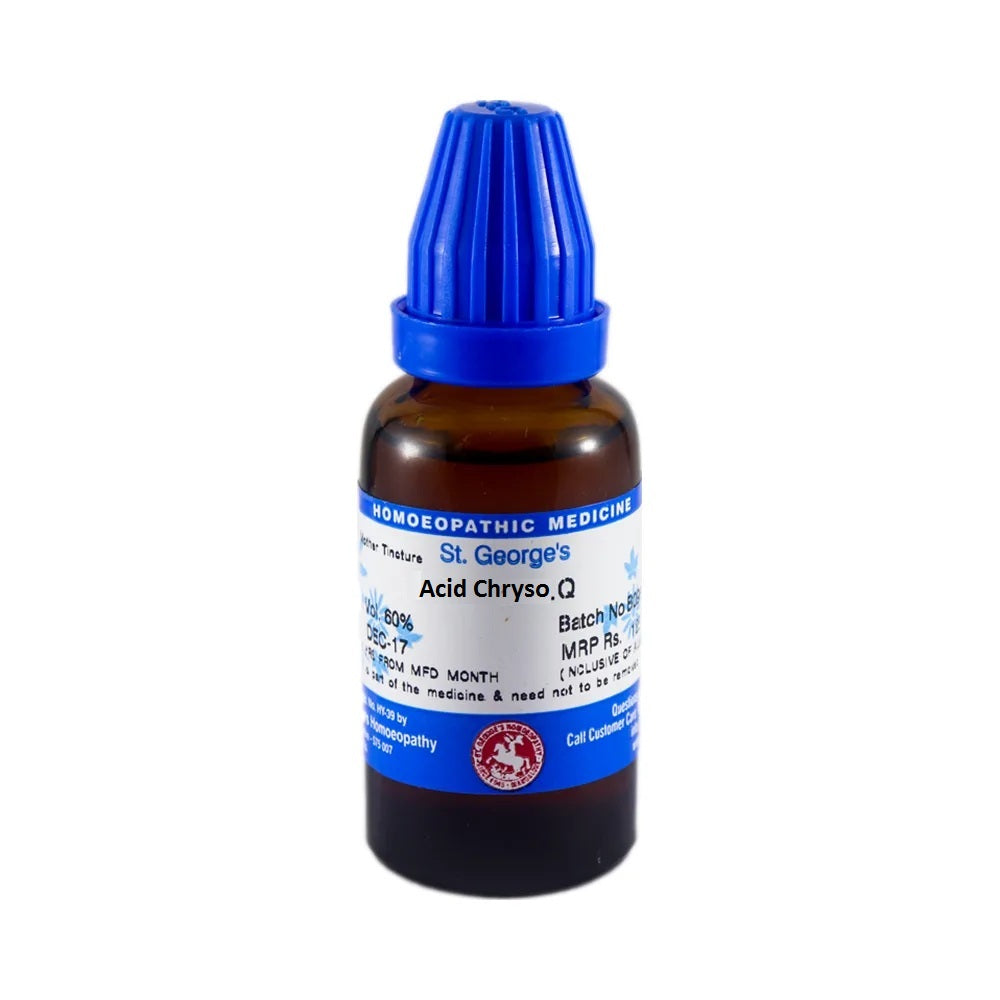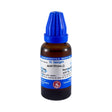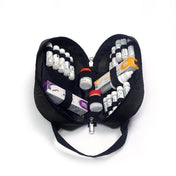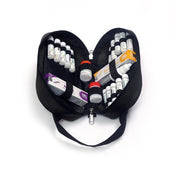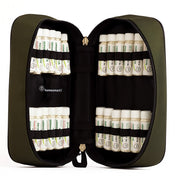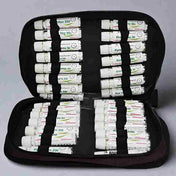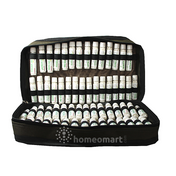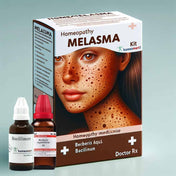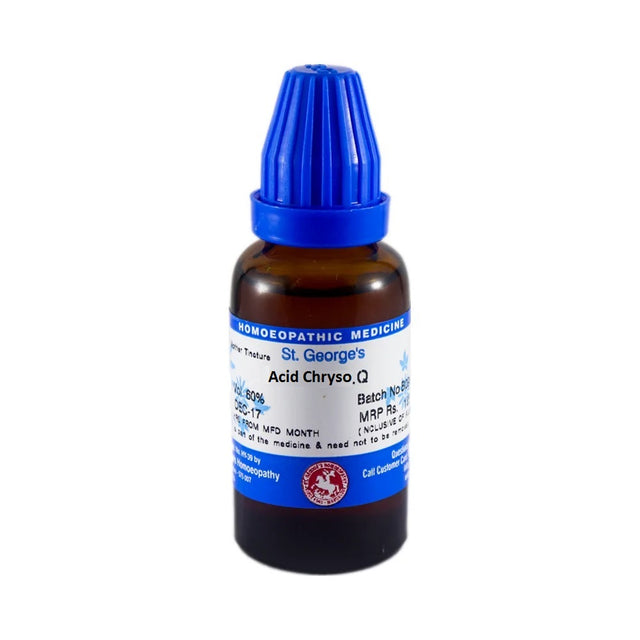Acidum Chrysophanicum Homeopathy Mother Tincture
Acidum Chrysophanicum Homeopathy Mother Tincture - 30ml is backordered and will ship as soon as it is back in stock.
Couldn't load pickup availability
Description
Description
Common Name: Goa Powder – Andira araroba
Causes & Symptoms of Acidum Chrysophanicum (Chrysarobinum):
-
Red, inflamed skin often covered with loose, silver-colored scales that are itchy and painful
-
Scalp shows scaling or crust formation; nails may crumble or detach from the nail bed
-
Powerful skin irritant, widely used for conditions like psoriasis
-
Violent itching especially on thighs, legs, and behind the ears
-
Dry, scaly eruptions with lemon-colored crusts
-
Promotes elimination of internal toxins through skin eruptions
-
Persistent roughness and dryness of skin in areas unaffected by eczema
-
Weeping or dry eczema with sticky exudation and intense itching
-
Strengthens skin reactivity and overall dermal resistance
Materia Medica Insights
Eyes:
Indicated in cases of blepharitis, conjunctivitis, keratitis, with intense photophobia and optical hypersensitivity
Ears:
Helpful for eczema behind the ears, where the entire ear and surrounding area is covered in thick, filthy crusts resembling a single scab
Constituent Note:
Chrysarobinum contains chrysophan, which oxidizes into chrysophanic acid. This compound is also found in Rhubarb and Senna.
Dosage:
Take 5 drops in half a cup of water, three times daily, or as directed by your homeopath.
Safety and Side Effects:
No known side effects when taken as per prescribed dosage and guidelines.
About Mother Tinctures:
Mother tinctures are the primary source for preparing homeopathic dilutions. Their quality depends on several key factors:
-
Authenticity and age of raw materials
-
Proper methods of collection, cleaning, and drying
-
Standardized concentration of active ingredients
-
Quality of alcohol and water used
-
Preparation method (Percolation or Maceration)
-
Potency of phytochemicals, filtration standards, and microbial counts

